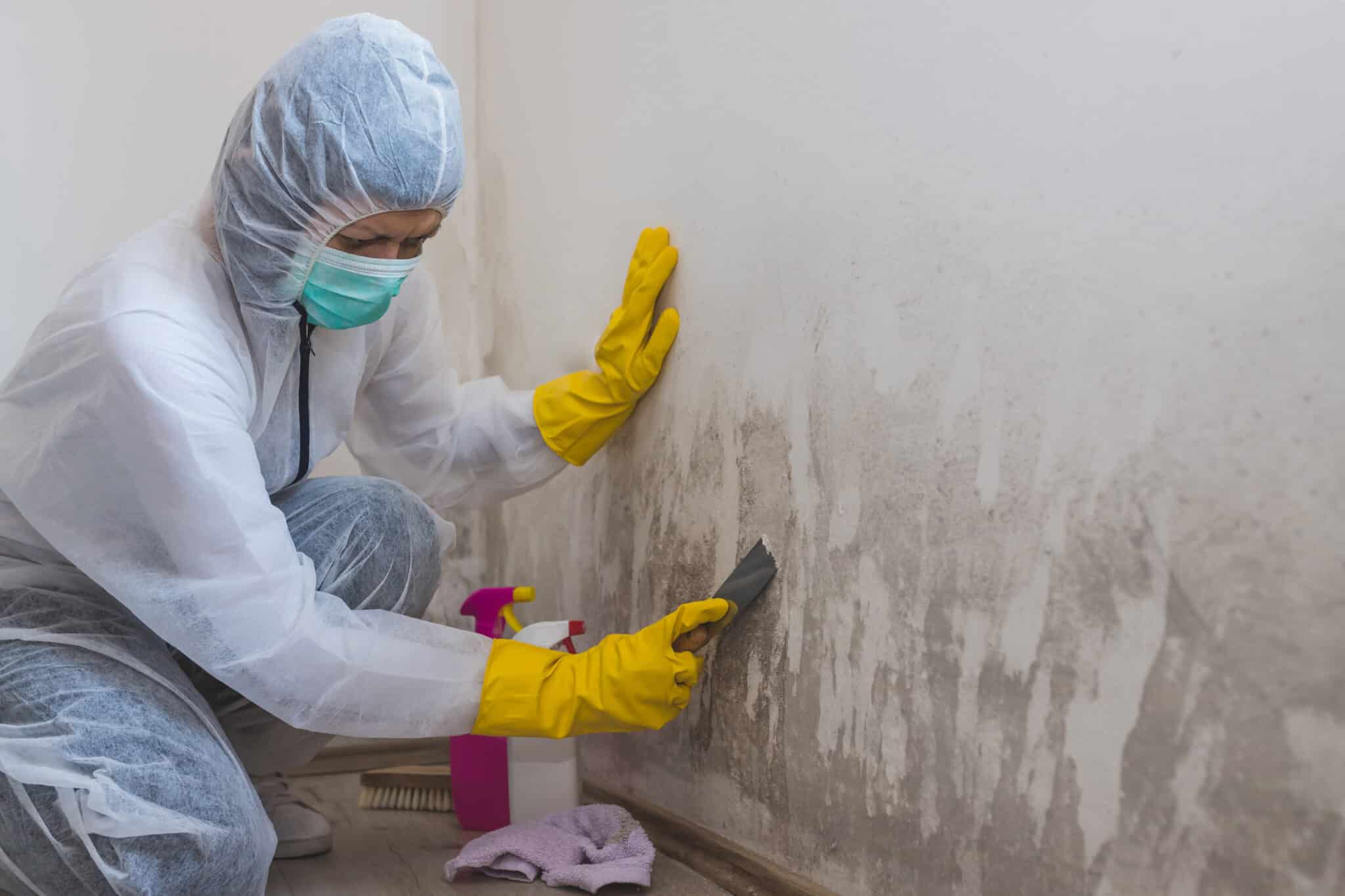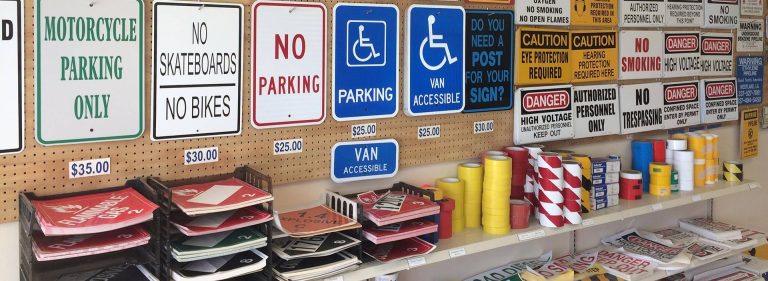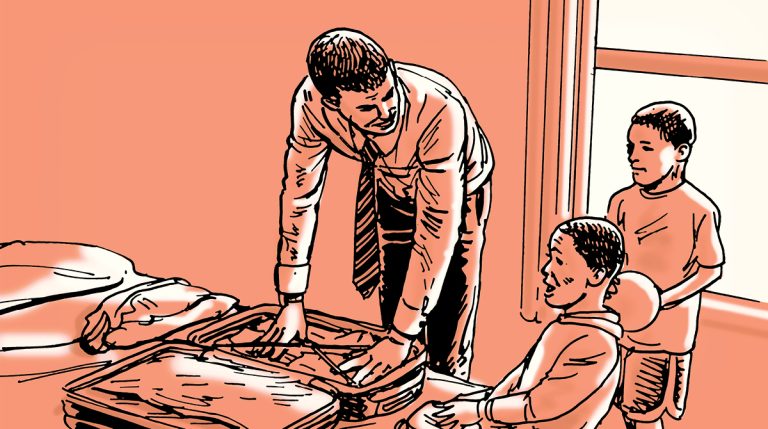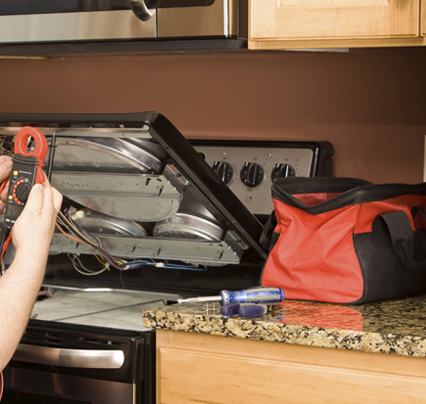Understanding Mold Remediation: Essential Steps to a Healthier Home
Mold can pose significant health risks and damage to your property. Whether it’s due to water damage, humidity, or poor ventilation, understanding Mold Remediation Boulder CO is essential for maintaining a healthy home. In this comprehensive guide, we will explore the critical steps involved in mold remediation, the importance of asbestos testing, and how it relates to fire damage restoration.
What is Mold and Why is Remediation Important?
Mold is a type of fungus that thrives in damp, dark environments. While mold can serve beneficial purposes in nature, it becomes problematic in indoor settings, leading to:
• Health issues: Allergies, respiratory problems, and other health concerns.
• Structural damage: Mold can weaken walls, ceilings, and other building materials.
• Unpleasant odors: Mold growth often results in musty smells that can permeate your home.
Understanding mold remediation helps homeowners address these issues effectively, ensuring a safer and healthier living environment.
The Mold Remediation Process: Step-by-Step
Here are the essential steps for successful mold remediation in your home:
Step 1: Assessing the Situation
The first step in mold remediation is to identify the extent of the mold problem. This involves:
• Visual inspection: Look for visible mold growth in areas such as basements, bathrooms, and kitchens.
• Moisture detection: Use moisture meters to find hidden damp areas that may harbor mold.
Step 2: Safety First – Protect Yourself and Your Home
Before starting any remediation work, it’s crucial to take safety precautions:
• Wear protective gear: Use gloves, goggles, and an N95 respirator to shield yourself from mold spores.
• Isolate the affected area: Seal off the contaminated space to prevent mold spores from spreading to other parts of your home.
Step 3: Identify the Source of Moisture
Mold thrives in damp environments, so addressing the source of moisture is vital. Common sources include:
• Leaky pipes: Check for plumbing leaks and repair them immediately.
• High humidity: Use dehumidifiers to maintain indoor humidity levels below 60%.
• Poor ventilation: Ensure proper airflow in areas prone to dampness.
Step 4: Containment and Removal
Once you’ve identified the source of moisture, it’s time to contain and remove the mold:
• Seal off affected areas: Use plastic sheeting to create barriers around the contaminated space.
• Remove contaminated materials: Dispose of moldy materials like drywall, carpets, or insulation safely. If asbestos is suspected, asbestos testing is essential before removal to prevent health risks.
Step 5: Cleaning and Disinfecting
After removing contaminated materials, clean and disinfect the affected area to eliminate any remaining mold spores:
• Use appropriate cleaning solutions: A mixture of water and detergent can effectively clean hard surfaces. For porous materials, consider specialized mold remediation products.
• Scrub surfaces: Use brushes or cloths to scrub surfaces thoroughly.
Step 6: Drying and Dehumidifying
Proper drying is crucial to prevent future mold growth:
• Use fans and dehumidifiers: Keep air circulating to promote drying.
• Check for moisture: Use moisture meters to ensure the area is completely dry.
Step 7: Repair and Restore
Once the area is dry and mold-free, it’s time to repair any damage:
• Replace removed materials: Install new drywall, insulation, or flooring as needed.
• Consider fire damage restoration: If mold resulted from a fire, ensure that structural repairs are made to prevent future moisture issues.
Step 8: Prevention and Maintenance
To prevent mold from returning, implement these measures:
• Regular inspections: Check for leaks, water stains, or musty odors regularly.
• Improve ventilation: Install exhaust fans in high-humidity areas like bathrooms and kitchens.
• Monitor humidity levels: Keep indoor humidity below 60% with dehumidifiers and proper ventilation.
The Importance of Asbestos Testing
In older homes, the presence of asbestos can complicate mold remediation efforts. Asbestos is a hazardous material that can lead to serious health issues if disturbed. If you suspect that your home contains asbestos, asbestos testing should be conducted before any renovation or remediation work begins. This ensures the safety of you and your family while addressing both mold and potential asbestos issues.
Conclusion
Understanding mold remediation is vital for maintaining a safe and healthy home environment. By following the essential steps outlined in this guide, you can effectively tackle mold problems and prevent future growth. Remember to address the source of moisture, use proper containment and removal techniques, and prioritize safety by conducting asbestos testing Boulder CO if necessary.
By taking proactive measures and maintaining your home, you can protect your family’s health and preserve your property’s value. Whether you’re dealing with mold, fire damage restoration, or other home maintenance issues, staying informed and prepared is key to ensuring a healthier living space. Don’t hesitate to consult professionals if the situation is beyond your control—your home’s health is worth it.






